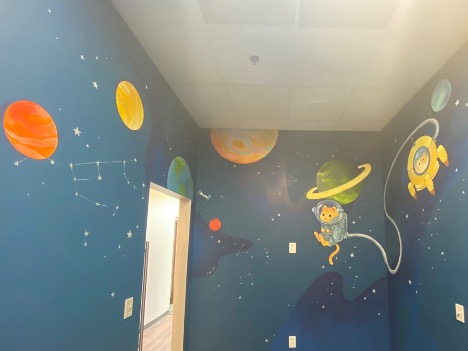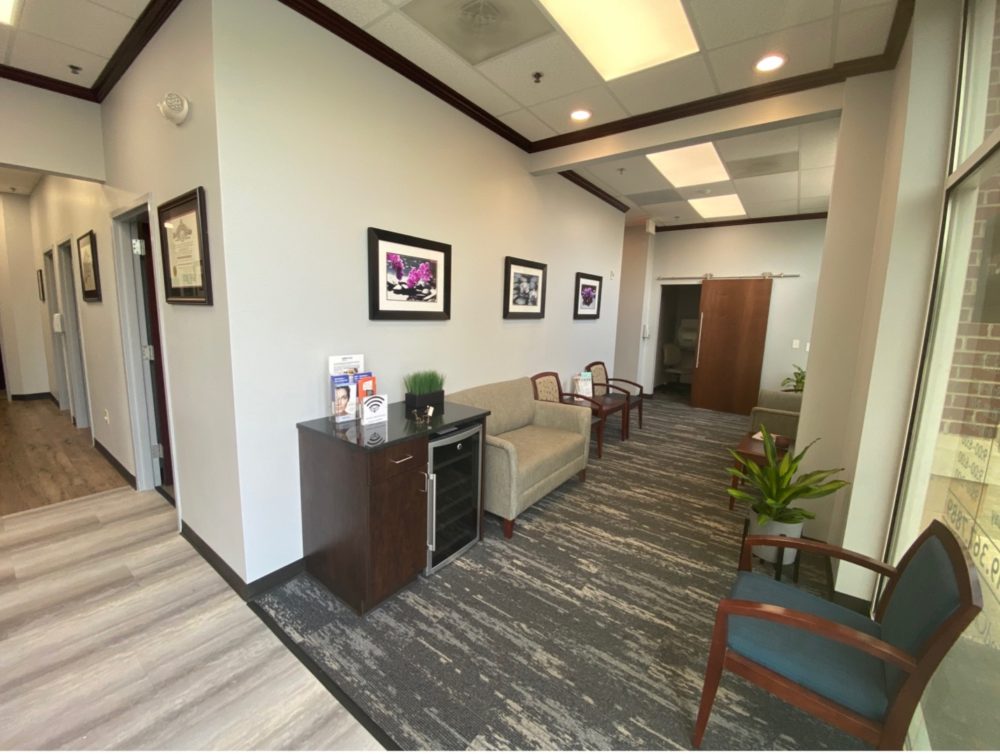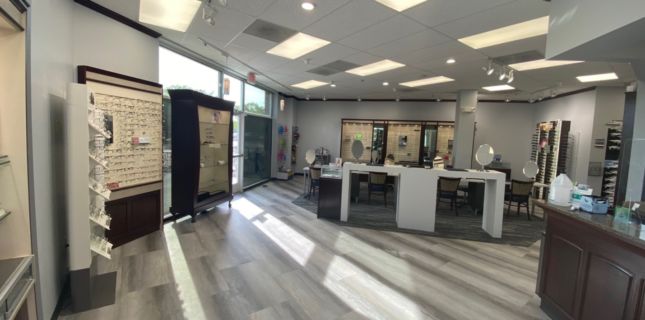
Peer-to-Peer: Clarity Vision
My name is David Holler, O.D., and I started practicing 23 years ago. My main office is in Apex, N.C.
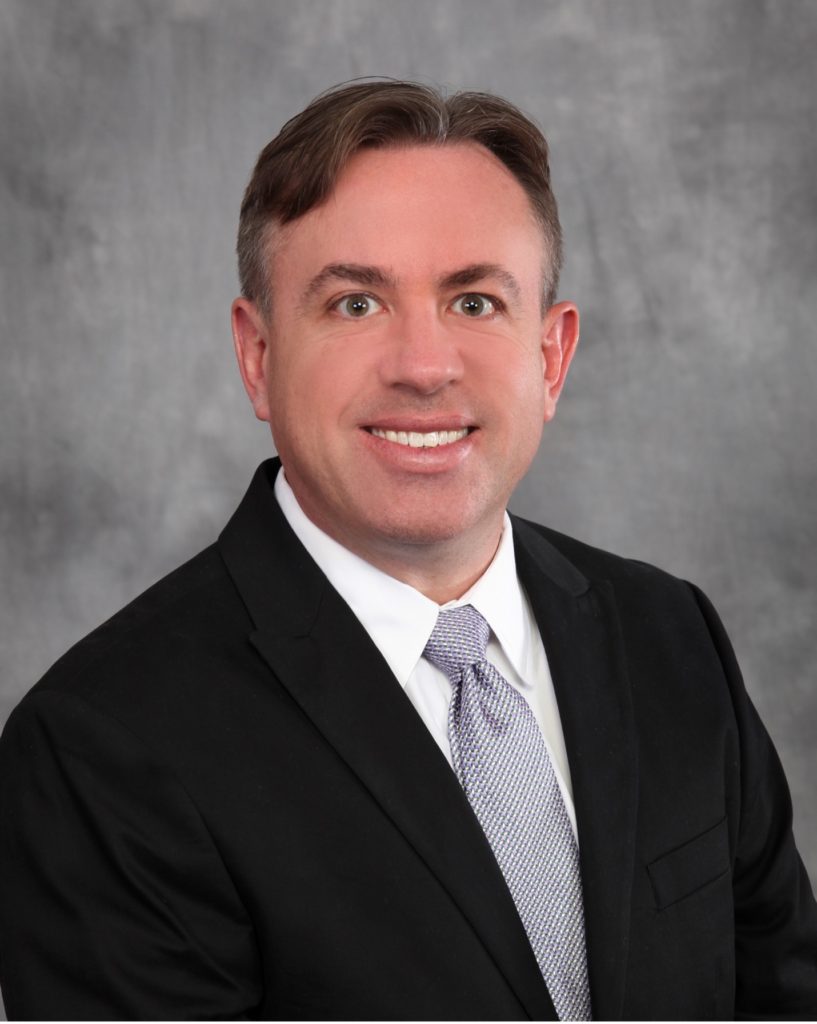
I was previously part of a franchise group called Doctors Vision Center. I had this idea that we should consider forming more of a cooperative where everybody has equal input, where we could make decisions as a group.
The result? We formed Clarity Vision. We have six locations, and we all basically make decisions as a group and try to move the needle in our practices individually by thinking as one. We communicate every day or so by text or email. Then we get together formally every one or two months. Even during COVID, we would get together in backyards, etc.
was previously part of a franchise group called Doctors Vision Center. I had this idea that we should consider forming more of a cooperative where everybody has equal input, where we could make decisions as a group.
The result? We formed Clarity Vision. We have six locations, and we all basically make decisions as a group and try to move the needle in our practices individually by thinking as one. We communicate every day or so by text or email. Then we get together formally every one or two months. Even during COVID, we would get together in backyards, etc.
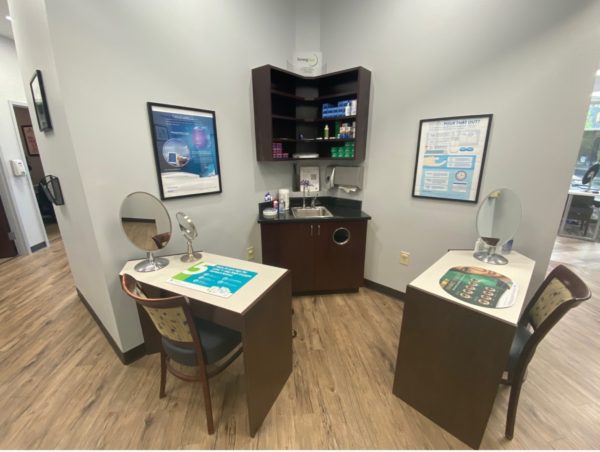
ANNUAL EVENT
We also have this annual doctors’ meeting where we get together. We invite some doctors from outside our group that we’re interested in as possibly becoming part of it, and we have vendors that sponsor the meeting.
It’s a whole weekend in Pinehurst. We call it Best Practice Forum. In order for us to pay for their trip, everybody is required to present for about 10 minutes on what they’ve started in their practice over the past year that’s working, what were the challenges, etc.
Several years back, I decided to bring myopia management into my practice. At the Forum, I usually talk about where we are with that, how it’s going, growth in the program, and so on. Periodically, offices will send me an email saying, “Hey, I want to add this. How do you present fees with this or with that? What products do you use?”
PATIENT EXPLOSION
With any candidate—a child under 18—we have a conversation about myopia. We talk about things that drive myopia. Only five years ago, it was all about genetics and how you can’t really change that.
It’s really evolved and exploded within that time. We’re seeing a rapid increase in myopia from a younger age with a faster progression. Parents are not surprised.
I’ll say, “Your child is near-sighted. We should look at what this means.” I’ll pull up some statistics on the computer. I then explain—based on age, race, and their child’s current prescription—where their projected prescription will be from the age of 17.
Much of the data is from the Brien Holden Vision Institute. Parents are usually very surprised. I’ll usually try to print something off and give them a copy so they can take it home and talk to their spouse.
We’ll usually begin talking about myopia management from the age of four to six at the earliest. Most kids aren’t showing myopia until around ages six to eight. When we do have kids that are four to six, we’re not going to talk about the contact lenses quite yet. We’ll talk about drops and the type of glasses that we recommend.
GET EDUCATED
We’re educating the office as a whole about the program. We’re incentivizing staff members as well. Right now, we have an incentive for all the technicians that do most of the quoting for the contacts. We have something where if we get so many by the end of the summer, I’ll give them prizes.
You realize over time that some people are motivated by money and some are not. They’re motivated by accolades or material items that cost less than the money that you would have given them. It’s something that they might not have bought for themselves if they weren’t able to win it. We have different ways of doing that.
This is like when blue light was starting to become a topic a few years ago. I said, “It doesn’t really matter what everyone thinks of it or how the products work. You’re going to get questions from patients, and you have to be prepared to answer their questions.”
Everybody has some level of knowledge in our practice. If they can’t answer a question, they know who to go.
If you’re not doing myopia management, that’s OK. You have to at least be able to talk about it, give advice, and be able to refer patients to somebody who is doing it.
Understand that you’re going to get so many questions. It’s going to be all over social media. It’s definitely an up-and-coming thing.
Comments are closed.

